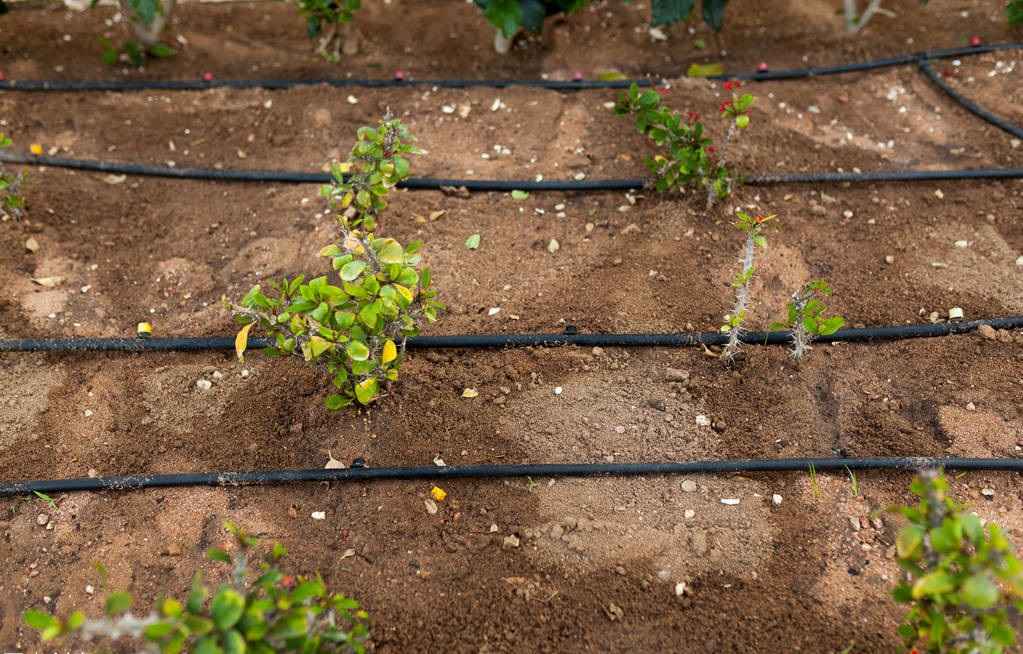Irrigation pipe originates from the transfer of streams and streams to farmland. The distribution of water routes throughout the crop is through the degradation of furrows. The system transfers water to plants by gravity. This method is often referred to as flood irrigation, which results in inundation of farmland.
It was not until the industrial revolution of 1760 that combustion and electric engines were able to mechanically increase water pressure that irrigation technology changed fundamentally. Artificial water pressure prevents water from being distributed to crops by slope. Drip irrigation system can be used together with artificial water pressure or gravity induced water pressure system. Underground drip irrigation was developed in Germany in 1860's, and porous pipes were used in Germany and Russia in 1920's. To a great extent, farmers avoid the underground drip irrigation due to the blockage of the sprinkler and the difficulty of working and maintaining on the underground irrigation system. Surface drip irrigation became popular in the 1970s, with the main leaders such as Australia, the United States and Israel as.
International business groups have promoted the use of drip irrigation technology by minority shareholders in sub Saharan Africa, mainly because of increased production of cash crops, such as fresh vegetables. ICRISAT has implemented more than 2000 drip irrigation systems in Niger. These efforts are combined with horticultural training and access to quality cash crop seeds. After the first year, Niger's initial plan retained 60% of its participants. ICRISAT found that full-time farmers were more likely to continue to use drip irrigation. Burkina Faso and Ghana have also received similar drip training programs to reduce initial investment costs by using a reservoir to supply water to several farmers' irrigation systems.
The main and branch lines of drip irrigation are made of PVC, HDPE and LDPE. Irrigation efficiency is the amount of water available for a crop compared to the amount available for a farm. In good water management practices, the surface irrigation efficiency of furrows is usually 34%. The efficiency of sprinkler irrigation is between 50% and 75%. And the efficiency of drip irrigation is between 75% and 90%. Compared with sprinkler irrigation, drip irrigation can also double the yield of crops with the same amount of water, and combine salt water with fresh water without damaging the yield. Different from traditional irrigation methods, constant water flow makes salt leach from plant roots. The use of salt water can reduce the demand for fresh water in water scarce areas. In addition, the amount of food planted with the same amount of water can also double.

